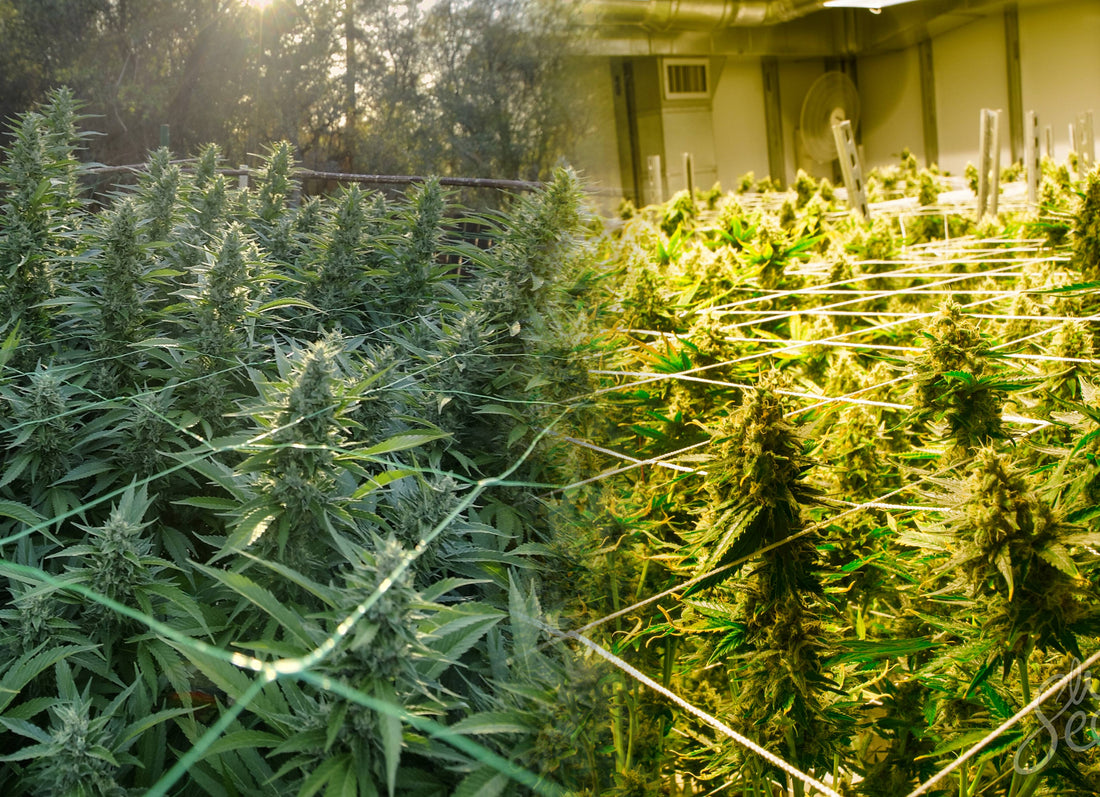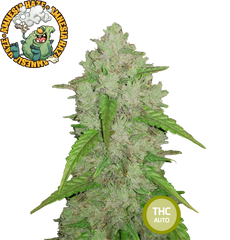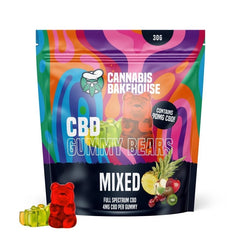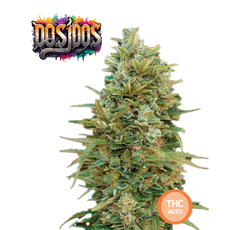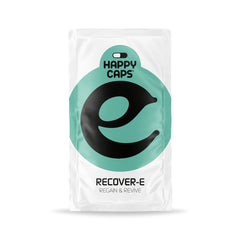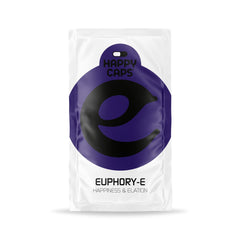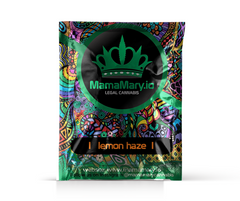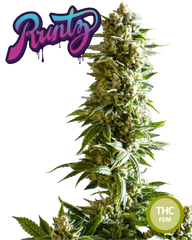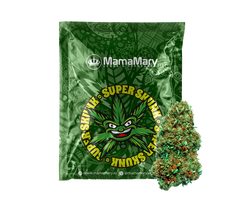Cannabis has always been grown outdoors and is one of the oldest agricultural crops in existence. Growing cannabis indoors , however, has been around for less than a century and is a result of prohibition. Most of the advances in cannabis production have occurred in the indoor era; hiding from view was initially a way to protect growers from anti-cannabis laws.
As technology has advanced, the industry has been able to expand its knowledge of the plant in leaps and bounds, even in areas where outdoor growing has been successful, such as Southern Oregon and Northern California. The differences are not only important for aspiring cannabis growers, but also for consumers who want to compare outdoor and indoor products in the store.
How does the environment affect the outcome of a strain, and what considerations should a grower take into account when choosing between the two?
Controlled Climates vs. Natural Climates

There are many reasons to grow indoors rather than outdoors, such as the freedom to choose where you grow without any limitations and the ability to completely control the growing environment. Controlling the temperature , light sources , CO2 production and humidity creates a stable habitat to optimize the growth of your plants without having to risk the effects of natural elements outside.
The indoor grower typically finds cosmetically pure flowers with higher THC percentages. On the other hand, no light bulb can produce the same unique light spectrum as the sun, which in turn limits indoor gardens to smaller yields and less vigorous plants. Outdoor growing, however, requires a climate suited to cannabis production – good sun exposure, warm days, warm nights, and low humidity.
However, growing indoors has its complications. When the grower tries to create a natural environment indoors, there are factors in the natural process that cannot be replicated. For example, plants grown outdoors have substantial help against mites from natural predators that share their habitat. Wasps, ants, and ladybugs are some of the “ natural helpers ” that keep the mite population at bay.
Indoors, the grower cannot hope to fully mimic the incredibly complicated natural environment. If mites were to appear in an indoor grow space, they could present a challenge to control. With consumer concerns on the rise over the rampant use of pesticides and insecticides, some growers may find it interesting to learn about the trade-offs of outdoor growing.
The Price of Growing Cannabis Indoors vs. Outdoors

Both indoor and outdoor grows require substantial upfront costs , but the difference becomes apparent over time. Using the climate control systems needed indoors can cost a small fortune, while most of the costs associated with outdoor grows are incurred at the start of the operation.
Labor costs for the two types of gardens also vary dramatically. With the constant turnover in an indoor garden, there is always work to be done. Pruning, trellising, watering, feeding and harvesting are ongoing and more demanding tasks for smaller crops. Outdoors, the grower works on a single field all season. Many large-scale operations may employ up to four full-time employees until harvest, when additional workers are needed.
The high cost of indoor growing could be recouped through breeding projects, year-round harvests , and high-quality products that have greater sales appeal. Additionally, indoor environments allow growers to grow strains that are not otherwise suited to outdoor growing, due to their local environment and climate. However, with rising energy costs and the demand for more flowers on the market, outdoor growing may be able to supply the market with quality products at a more reasonable price.
Quality of Indoor vs. Outdoor Grown Cannabis

Indoor grown flowers have long been recognized as high quality products. Being able to control your environment and speed up reproduction has resulted in beautiful strains with magnificent flavor profiles. Introducing higher levels of CO2 than your natural environment increases bud growth and produces THC levels that are difficult to achieve outdoors.
Additionally, indoor cannabis does not have to deal with rain , wind, or any other natural elements that can damage an outdoor crop. The buds remain in perfect condition and only begin to degrade when they begin to be handled. The scale of most indoor operations generally allows for crops to be harvested in the best conditions, and the product to be cured in a controlled climate.
Outdoor-grown flower is, of course, subject to the vagaries of the natural environment . While the final product may not look as perfect, the flavor, effects, and aroma should still be there. Some consumers find organic, sun-grown cannabis preferable to the perfect-looking indoor alternative.
Many stereotypes about outdoor cannabis exist for one key reason: legality. Much of the outdoor cannabis seen by consumers has gone through a lot of post-harvest abuse. Many cannabis farms have to take risks to grow their product, partly due to conflicting state and federal laws. As a result, harvest is often quick, curing is almost non-existent , and aggressive management is required to get it to market. As laws change, outdoor facilities are able to take more time to treat plants, and the market should see an increase in the quality of outdoor grows.
There has been a recent surge in commercial greenhouse growing , which seeks a balance between the two. This style of growing is producing quality results, which is exciting to see in this emerging industry. As we have seen, all growing styles have their pros and cons, and as both a consumer and a grower, it is always important to continue to educate yourself. Get out of your routine to try something new, and keep an open mind.

